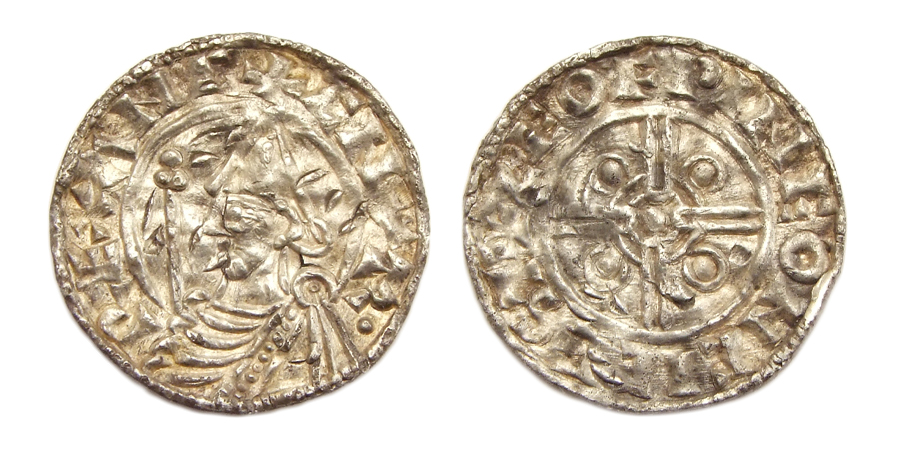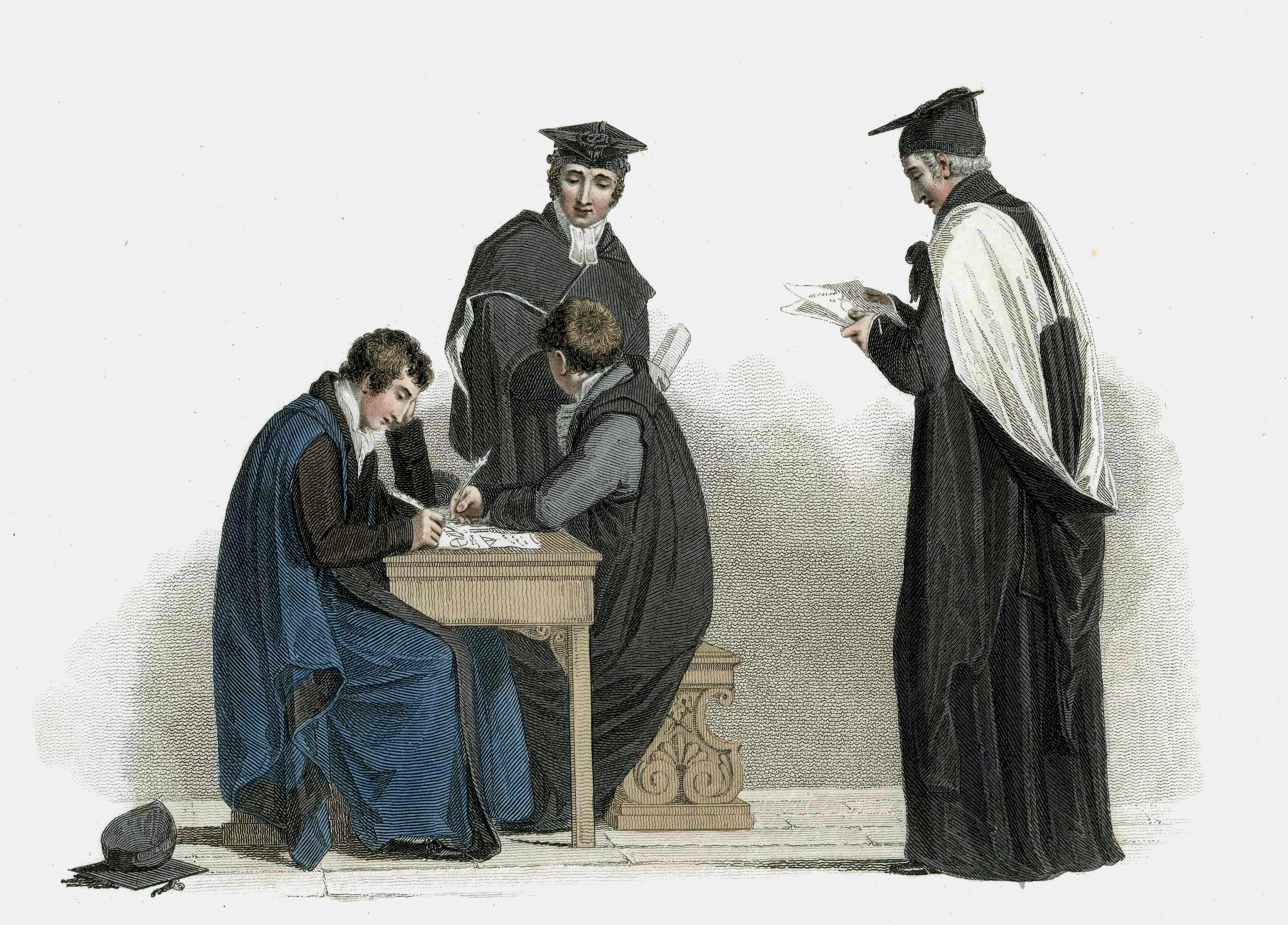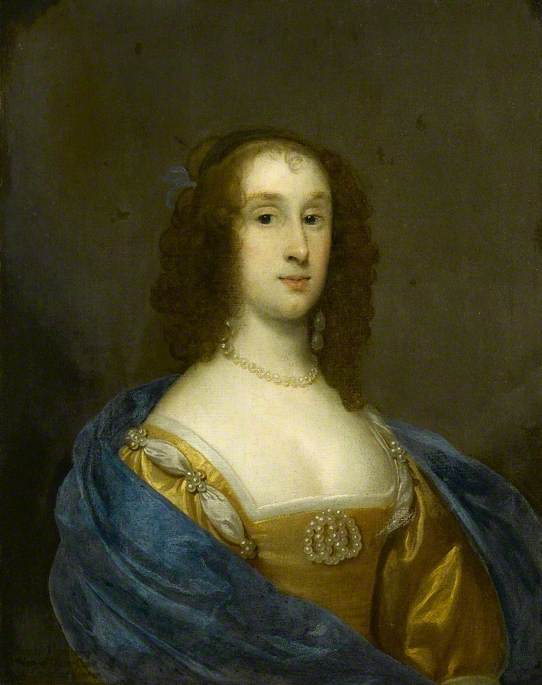|
Edward Ford (soldier)
Sir Edward Ford (22 April 1605 – 3 September 1670), was a member of the West Sussex gentry and inventor, who fought for the Royalists in the Wars of the Three Kingdoms. In his " History of the Rebellion", Clarendon judged that while 'a man of honesty and courage', Ford lacked experience of war and was an ineffectual soldier. However, he proved a reliable and trustworthy agent during negotiations between Charles I and Parliament in the period leading up to the 1648 Second English Civil War. Personal details Edward Ford was born on the family estates at Uppark, near Harting, West Sussex, eldest son of Sir William Ford (1570- 1653) and Anna Carell (1575-1658). He had an elder sister Magdalen (1604-?), and two younger brothers, John (1606-1681) and William (1608-?). Sometime before 1634 he married Sarah Ireton, sister of Puritan radical and future Parliamentarian general Henry Ireton. They had one surviving daughter Katherine (1634 to 1682). Career He became a gentleman- ... [...More Info...] [...Related Items...] OR: [Wikipedia] [Google] [Baidu] |
Uppark
Uppark is a 17th-century house in South Harting, West Sussex, England. It is a Grade I listed building and a National Trust property. History The house, set high on the South Downs, was built for Ford Grey, 1st Earl of Tankerville (1655—1701), ''circa'' 1690; the architect is believed to have been William Talman. The estate was sold in 1747 to Sir Matthew Fetherstonhaugh, (pronounced "Fanshaw"), and his wife Sarah. Matthew and Sarah redecorated the house extensively from 1750 to 1760 and introduced most of the existing collection of household items displayed today, much of it collected on their Grand Tour of 1749 to 1751. Their only son, Sir Henry Fetherstonhaugh, added to the collection and commissioned Humphry Repton to add a new pillared portico, dairy and landscaped garden. In the 19th century stables and kitchens were added as separate buildings, connected to the main building by tunnels. Sir Harry married, at the age of 71, the estate's dairymaid, 21-year-old ... [...More Info...] [...Related Items...] OR: [Wikipedia] [Google] [Baidu] |
Wars Of The Three Kingdoms
The Wars of the Three Kingdoms were a series of conflicts fought between 1639 and 1653 in the kingdoms of Kingdom of England, England, Kingdom of Scotland, Scotland and Kingdom of Ireland, Ireland, then separate entities in a personal union under Charles I of England, Charles I. They include the 1639 to 1640 Bishops' Wars, the First English Civil War, First and Second English Civil Wars, the Irish Confederate Wars, the Cromwellian conquest of Ireland and the Anglo-Scottish war (1650–1652), Anglo-Scottish War of 1650–1652. They resulted in the execution of Charles I, the abolition of monarchy, and founding of the Commonwealth of England, a unitary state which controlled the British Isles until the Stuart Restoration in 1660. Political and religious conflict between Charles I and his opponents dated to the early years of his reign. While the vast majority supported the institution of monarchy, they disagreed on who held ultimate authority. Cavalier, Royalists generally argued ... [...More Info...] [...Related Items...] OR: [Wikipedia] [Google] [Baidu] |
Chichester
Chichester ( ) is a City status in the United Kingdom, cathedral city and civil parish in the Chichester District, Chichester district of West Sussex, England.OS Explorer map 120: Chichester, South Harting and Selsey Scale: 1:25 000. Publisher:Ordnance Survey – Southampton B2 edition. Publishing Date:2009. It is the only city in West Sussex and is its county town. It was a Ancient Rome, Roman and Anglo-Saxon settlement and a major market town from those times through Norman dynasty, Norman and medieval times to the present day. It is the seat of the Church of England Diocese of Chichester and is home to a 12th-century cathedral. The city has two main watercourses: the Chichester Canal and the River Lavant, West Sussex, River Lavant. The Lavant, a Winterbourne (stream), winterbourne, runs to the south of the city walls; it is hidden mostly in culverts when close to the city centre. History Roman period There is no recorded evidence that Chichester was a settlement of any ... [...More Info...] [...Related Items...] OR: [Wikipedia] [Google] [Baidu] |
Cavalier
The term ''Cavalier'' () was first used by Roundheads as a term of abuse for the wealthier royalist supporters of Charles I of England and his son Charles II of England, Charles II during the English Civil War, the Interregnum (England), Interregnum, and the Restoration (England), Restoration (1642 – ). It was later adopted by the Royalists themselves. Although it referred originally to political and social attitudes and behaviour, of which clothing was a very small part, it has subsequently become strongly identified with the fashionable clothing of the court at the time. Prince Rupert of the Rhine, Prince Rupert, commander of much of Charles I's cavalry, is often considered to be an archetypal Cavalier. Etymology ''Cavalier'' derives from the same Latin root as the Italian word , the French word , and the Spanish word , the Vulgar Latin word ''wikt:caballarius, caballarius'', meaning 'horseman'. Shakespeare used the word ''cavaleros'' to describe an overbearing swashbuckl ... [...More Info...] [...Related Items...] OR: [Wikipedia] [Google] [Baidu] |
Haywards Heath
Haywards Heath ( ) is a town in West Sussex, England, south of London, north of Brighton, south of Gatwick Airport and northeast of the county town, Chichester. Nearby towns include Burgess Hill to the southwest, Horsham to the northwest, Crawley northwest and East Grinstead northeast. With a decently small number of jobs available in the immediate vicinity, mostly in the agricultural or service sector, residents work remotely or commute daily via road or rail to London, Brighton, Crawley or Gatwick Airport. Etymology The first element of the place-name Haywards Heath is derived from the Old English ''hege'' + ''worð'', meaning hedge enclosure, with the later addition of ''hǣð''. The place-name was first recorded in 1261 as ''Heyworth'', then in 1359 as ''Hayworthe'', in 1544 as ''Haywards Hoth'' (i.e. 'heath by the enclosure with a hedge'), and in 1607 as ''Hayworths Hethe''. There is a local legend that the name comes from a highwayman who went under the name of Jac ... [...More Info...] [...Related Items...] OR: [Wikipedia] [Google] [Baidu] |
House Of Commons Of England
The House of Commons of England was the lower house of the Parliament of England (which Laws in Wales Acts 1535 and 1542, incorporated Wales) from its development in the 14th century to the union of England and Scotland in 1707, when it was replaced by the House of Commons of Great Britain after the 1707 Act of Union was passed in both the English and Scottish parliaments at the time. In 1801, with the union of Kingdom of Great Britain, Great Britain and Kingdom of Ireland, Ireland, that house was in turn replaced by the House of Commons of the United Kingdom. Origins The Parliament of England developed from the Magnum Concilium that advised the English monarch in medieval times. This royal council, meeting for short periods, included ecclesiastics, noblemen, and representatives of the county, counties (known as "knights of the shire"). The chief duty of the council was to approve taxes proposed by the Crown. In many cases, however, the council demanded the redress of the peo ... [...More Info...] [...Related Items...] OR: [Wikipedia] [Google] [Baidu] |
Gentleman-commoner
A commoner is a student at certain universities in the British Isles who historically pays for his own tuition and commons, typically contrasted with scholars and exhibitioners, who were given financial emoluments towards their fees. Cambridge Commoners were also known as pensioners at the University of Cambridge. Pensioners paid for their own tuition and commons. A fellow‑commoner was a rank of student above pensioners but below noblemen. They paid double the tuition fee and enjoyed more privileges than pensioners, such as commoning with fellows. As fellow‑commoners had considerable wealth, they were ineligible for scholarships and paid fellowships at some colleges. Fellow‑commoners who wore a hat instead of a velvet cap were known as hat fellow‑commoners. They were often sons of nobility but not the eldest, who enjoyed the rank of "noblemen". Today, a fellow‑commoner at Cambridge is one who enjoys access to the senior common room without a fellowship. Trinity Col ... [...More Info...] [...Related Items...] OR: [Wikipedia] [Google] [Baidu] |
Henry Ireton
Henry Ireton (baptised 3 November 1611; died 26 November 1651) was an English general in the Parliamentarian army during the Wars of the Three Kingdoms, and a son-in-law of Oliver Cromwell. He died of disease outside Limerick in November 1651. Personal details Ireton was the eldest son of German Ireton of Attenborough, Nottinghamshire, and was baptised in St Mary's Church on 3 November 1611. He became a gentleman commoner of Trinity College, Oxford, in 1626, graduated with a Bachelor of Arts in 1629, and entered the Middle Temple the same year. English Civil War On the outbreak of the First English Civil War he joined the parliamentary army, fighting at the Battle of Edgehill in October 1642 and the Battle of Gainsborough in July 1643. He was made deputy-governor of the Isle of Ely by Oliver Cromwell, and served under the Earl of Manchester in the Yorkshire campaign and at the second Battle of Newbury, afterward supporting Cromwell in his accusations of incompetenc ... [...More Info...] [...Related Items...] OR: [Wikipedia] [Google] [Baidu] |
Roundhead
Roundheads were the supporters of the Parliament of England during the English Civil War (1642–1651). Also known as Parliamentarians, they fought against King Charles I of England and his supporters, known as the Cavaliers or Royalists, who claimed rule by absolute monarchy and the principle of the divine right of kings. The goal of the Roundheads was to give to Parliament the supreme control over executive branch, executive administration of England. Beliefs Most Roundheads sought constitutional monarchy in place of the absolute monarchy sought by Charles; however, at the end of the English Civil War in 1649, public antipathy towards the king was high enough to allow republican leaders such as Oliver Cromwell to abolish the monarchy completely and establish the Commonwealth of England. The Roundhead commander-in-chief of the first Civil War, Thomas Fairfax, remained a supporter of constitutional monarchy, as did many other Roundhead leaders such as Edward Montagu, 2nd Earl ... [...More Info...] [...Related Items...] OR: [Wikipedia] [Google] [Baidu] |
Puritan
The Puritans were English Protestants in the 16th and 17th centuries who sought to rid the Church of England of what they considered to be Roman Catholic practices, maintaining that the Church of England had not been fully reformed and should become more Protestant. Puritanism played a significant role in English and early American history, especially in the Protectorate in Great Britain, and the earlier settlement of New England. Puritans were dissatisfied with the limited extent of the English Reformation and with the Church of England's religious toleration of certain practices associated with the Catholic Church. They formed and identified with various religious groups advocating greater purity of worship and doctrine, as well as personal and corporate piety. Puritans adopted a covenant theology, and in that sense they were Calvinists (as were many of their earlier opponents). In church polity, Puritans were divided between supporters of episcopal, presbyterian, and ... [...More Info...] [...Related Items...] OR: [Wikipedia] [Google] [Baidu] |
Second English Civil War
The Second English Civil War took place between February and August 1648 in Kingdom of England, England and Wales. It forms part of the series of conflicts known collectively as the 1639–1653 Wars of the Three Kingdoms, which include the 1641–1653 Irish Confederate Wars, the 1639–1640 Bishops' Wars, and the 1649–1653 Cromwellian conquest of Ireland. Following his defeat in the First English Civil War, in May 1646 Charles I of England, Charles I surrendered to the Scots Covenanters, rather than Parliament of England, Parliament. By doing so, he hoped to exploit divisions between English and Scots Presbyterian polity, Presbyterians, and English Independent (religion), Independents. At this stage, all parties expected Charles to continue as king, which combined with their internal divisions, allowed him to refuse significant concessions. When the Presbyterian majority in Parliament failed to disband the New Model Army in late 1647, many joined with the Scottish Engagers in ... [...More Info...] [...Related Items...] OR: [Wikipedia] [Google] [Baidu] |
Parliament Of England
The Parliament of England was the legislature of the Kingdom of England from the 13th century until 1707 when it was replaced by the Parliament of Great Britain. Parliament evolved from the Great Council of England, great council of Lords Spiritual, bishops and Peerages in the United Kingdom, peers that advised the History of the English monarchy, English monarch. Great councils were first called Parliaments during the reign of Henry III of England, Henry III (). By this time, the king required Parliament's consent to levy taxation. Originally a Unicameralism, unicameral body, a Bicameralism, bicameral Parliament emerged when its membership was divided into the House of Lords and House of Commons of England, House of Commons, which included Knight of the shire, knights of the shire and Burgess (title), burgesses. During Henry IV of England, Henry IV's reign, the role of Parliament expanded beyond the determination of taxation policy to include the "redress of grievances", whi ... [...More Info...] [...Related Items...] OR: [Wikipedia] [Google] [Baidu] |









